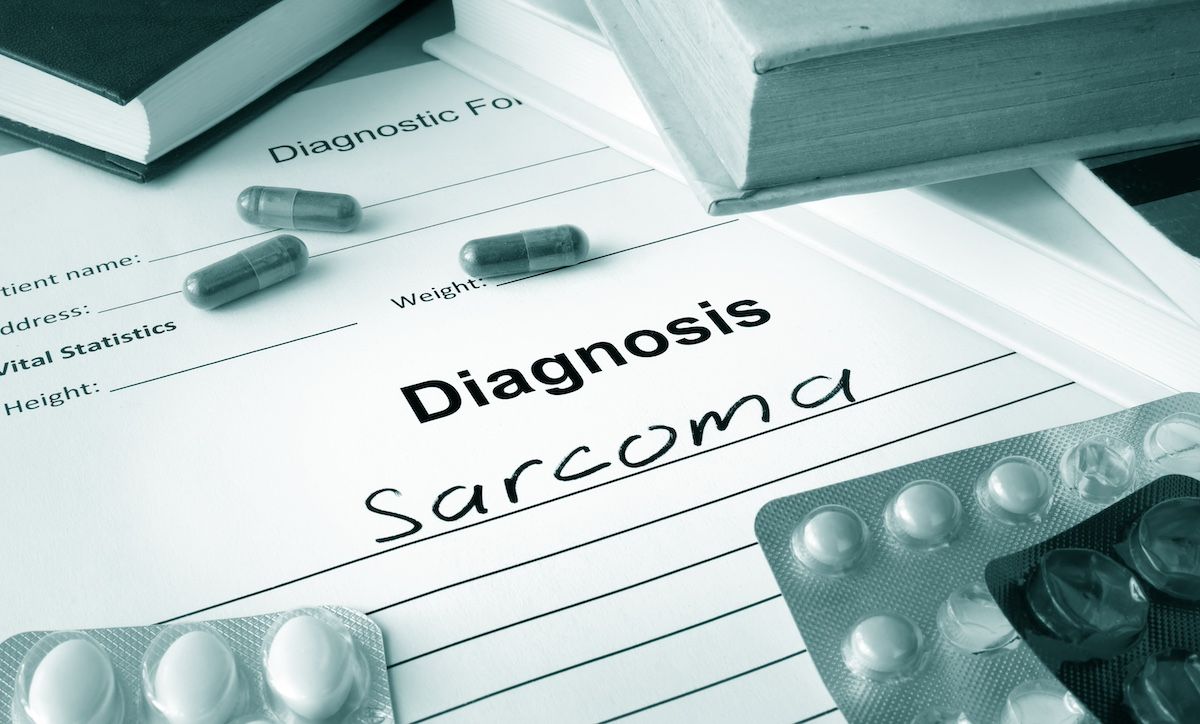What would Dolly do? Take it upon herself to address recent concerns over her health.
Beloved country music star and pop culture icon Dolly Parton opened up about her health on Wednesday, reassuring fans in a video shared to social media that…

What would Dolly do? Take it upon herself to address recent concerns over her health.
Beloved country music star and pop culture icon Dolly Parton opened up about her health on Wednesday, reassuring fans in a video shared to social media that…

The Rock & Roll Hall of Fame has announced its billing for its 2025 induction ceremony. Among the names included are contemporary stars such as Doja Cat and Olivia Rodrigo, while also lending a retrospective lens to icons such as Elton John and…

Above: Broadway star Megan Hilty’s dressing room for Death Becomes Her, designed by Krysta Rodriguez.
Devin Sparkles’ client list is almost as star-studded as Jeff Bezos and Lauren Sánchez’s wedding. Sparkles, an interior decorator (who uses…

A new study from McGill University is shedding light on how patients with
The findings, published in the
Soft tissue sarcoma primarily strikes adults in their working years and is typically treated with radiation therapy followed by wide surgical resection. While this approach improves survival, it can cause lasting impairments, such as tissue damage, wound complications, and mobility limitations. Until now, most studies assessing patient outcomes have focused narrowly on physical function using the Toronto Extremity Salvage Score (TESS),
To capture a more complete picture, the McGill team used 2 patient-reported outcome measures (PROMs) on 276 patients: the Reintegration to Normal Living Index (RNLI), which assesses perceived health and social reintegration, and the EuroQol-5D-3L (EQ-5D), which measures health-related QOL (HRQOL) across mobility, pain, and emotional well-being.
The researchers applied the Wilson-Cleary Model, a framework linking biological symptoms, functional status, health perceptions, and overall QOL, to evaluate how these factors interact.
Both tools showed strong reliability (RNLI α = .91; EQ-5D α = .74) and excellent model fit, validating their use in this population. Notably, pain and participation in daily activities were major drivers of perceived health and HRQOL, explaining over half of the variance in patient well-being.
At 12 months post-surgery, many patients still struggled with recreational activities, family roles, and travel, factors that had a greater impact on QOL than physical limitations alone.
“In other words, it was not the physical restrictions themselves (e.g., being unable to walk very far), but the implications of the restrictions that seemed most bothersome,” explained the researchers. Nearly half (49%) reported moderate-to-severe anxiety or depression, despite access to psychosocial support services, compared to just 12% in the general population.
These findings, wrote the researchers, highlight the need for holistic rehabilitation, incorporating occupational therapy to help patients adapt activities and mental health care to address distress that may impede recovery.
The authors recommend three key strategies for improving long-term outcomes, including maximizing functional restoration through tailored rehabilitation programs, encouraging participation in fulfilling activities, even in modified forms, and implementing routine distress screening to identify patients struggling with anxiety or depression.
“Moreover, given the systemic restraints many physicians face, occupational therapists and mental health professionals may need to play a more active role in routine soft tissue sarcoma care,” wrote the researchers. “Occupational therapists can help identify hindrances in functional restoration, make pragmatic environmental adjustments, and introduce adaptive equipment.”
Given that health perceptions explained 52% of HRQOL variance, addressing psychosocial barriers is as essential as physical therapy, noted the group. The study also validated the Wilson-Cleary Model as a robust framework for understanding patient recovery and guiding care.
The research team acknowledges limitations, including potential underreporting of pain and reliance on the older EQ-5D-3L measure. Still, the results underscore a pressing message: recovery from sarcoma is not just physical; it’s deeply social and psychological.
References
1. Andersen NJ, Bergeron C, Turcotte R, Körner A. Health perceptions and HRQL with soft-tissue sarcoma at 12 months post-op: using the Wilson-Cleary model to evaluate the measurement properties of the RNLI and EQ-5D-3L. J Surg Oncol. Published online September 14, 2025. doi:10.1002/jso.70101
2. Clayer M, Doyle S, Sangha N, Grimer R. The Toronto Extremity Salvage Score in unoperated controls: an age, gender, and country comparison. Sarcoma. 2012;2012:717213. doi:10.1155/2012/717213

Ammonia is one of the most widely produced chemicals in the world, used mostly as fertilizer, but also for the production of some plastics, textiles, and other applications. Its production, through processes that require high heat and pressure, accounts for up to 20 percent of all the greenhouse gases from the entire chemical industry, so efforts have been underway worldwide to find ways to reduce those emissions.
Now, researchers at MIT have come up with a clever way of combining two different methods of producing the compound that minimizes waste products, that, when combined with some other simple upgrades, could reduce the greenhouse emissions from production by as much as 63 percent, compared to the leading “low-emissions” approach being used today.
The new approach is described in the journal Energy & Fuels, in a paper by MIT Energy Initiative (MITEI) Director William H. Green, graduate student Sayandeep Biswas, MITEI Director of Research Randall Field, and two others.
“Ammonia has the most carbon dioxide emissions of any kind of chemical,” says Green, who is the Hoyt C. Hottel Professor in Chemical Engineering. “It’s a very important chemical,” he says, because its use as a fertilizer is crucial to being able to feed the world’s population.
Until late in the 19th century, the most widely used source of nitrogen fertilizer was mined deposits of bat or bird guano, mostly from Chile, but that source was beginning to run out, and there were predictions that the world would soon be running short of food to sustain the population. But then a new chemical process, called the Haber-Bosch process after its inventors, made it possible to make ammonia out of nitrogen from the air and hydrogen, which was mostly derived from methane. But both the burning of fossil fuels to provide the needed heat and the use of methane to make the hydrogen led to massive climate-warming emissions from the process.
To address this, two newer variations of ammonia production have been developed: so-called “blue ammonia,” where the greenhouse gases are captured right at the factory and then sequestered deep underground, and “green ammonia,” produced by a different chemical pathway, using electricity instead of fossil fuels to hydrolyze water to make hydrogen.
Blue ammonia is already beginning to be used, with a few plants operating now in Louisiana, Green says, and the ammonia mostly being shipped to Japan, “so that’s already kind of commercial.” Other parts of the world are starting to use green ammonia, especially in places that have lots of hydropower, solar, or wind to provide inexpensive electricity, including a giant plant now under construction in Saudi Arabia.
But in most places, both blue and green ammonia are still more expensive than the traditional fossil-fuel-based version, so many teams around the world have been working on ways to cut these costs as much as possible so that the difference is small enough to be made up through tax subsidies or other incentives.
The problem is growing, because as the population grows, and as wealth increases, there will be ever-increasing demands for nitrogen fertilizer. At the same time, ammonia is a promising substitute fuel to power hard-to-decarbonize transportation such as cargo ships and heavy trucks, which could lead to even greater needs for the chemical.
“It definitely works” as a transportation fuel, by powering fuel cells that have been demonstrated for use by everything from drones to barges and tugboats and trucks, Green says. “People think that the most likely market of that type would be for shipping,” he says, “because the downside of ammonia is it’s toxic and it’s smelly, and that makes it slightly dangerous to handle and to ship around.” So its best uses may be where it’s used in high volume and in relatively remote locations, like the high seas. In fact, the International Maritime Organization will soon be voting on new rules that might give a strong boost to the ammonia alternative for shipping.
The key to the new proposed system is to combine the two existing approaches in one facility, with a blue ammonia factory next to a green ammonia factory. The process of generating hydrogen for the green ammonia plant leaves a lot of leftover oxygen that just gets vented to the air. Blue ammonia, on the other hand, uses a process called autothermal reforming that requires a source of pure oxygen, so if there’s a green ammonia plant next door, it can use that excess oxygen.
“Putting them next to each other turns out to have significant economic value,” Green says. This synergy could help hybrid “blue-green ammonia” facilities serve as an important bridge toward a future where eventually green ammonia, the cleanest version, could finally dominate. But that future is likely decades away, Green says, so having the combined plants could be an important step along the way.
“It might be a really long time before [green ammonia] is actually attractive” economically, he says. “Right now, it’s nowhere close, except in very special situations.” But the combined plants “could be a really appealing concept, and maybe a good way to start the industry,” because so far only small, standalone demonstration plants of the green process are being built.
“If green or blue ammonia is going to become the new way of making ammonia, you need to find ways to make it relatively affordable in a lot of countries, with whatever resources they’ve got,” he says. This new proposed combination, he says, “looks like a really good idea that can help push things along. Ultimately, there’s got to be a lot of green ammonia plants in a lot of places,” and starting out with the combined plants, which could be more affordable now, could help to make that happen. The team has filed for a patent on the process.
Although the team did a detailed study of both the technology and the economics that show the system has great promise, Green points out that “no one has ever built one. We did the analysis, it looks good, but surely when people build the first one, they’ll find funny little things that need some attention,” such as details of how to start up or shut down the process. “I would say there’s plenty of additional work to do to make it a real industry.” But the results of this study, which shows the costs to be much more affordable than existing blue or green plants in isolation, “definitely encourages the possibility of people making the big investments that would be needed to really make this industry feasible.”
This proposed integration of the two methods “improves efficiency, reduces greenhouse gas emissions, and lowers overall cost,” says Kevin van Geem, a professor in the Center for Sustainable Chemistry at Ghent University, who was not associated with this research. “The analysis is rigorous, with validated process models, transparent assumptions, and comparisons to literature benchmarks. By combining techno-economic analysis with emissions accounting, the work provides a credible and balanced view of the trade-offs.”
He adds that, “given the scale of global ammonia production, such a reduction could have a highly impactful effect on decarbonizing one of the most emissions-intensive chemical industries.”
The research team also included MIT postdoc Angiras Menon and MITEI research lead Guiyan Zang. The work was supported by IHI Japan through the MIT Energy Initiative and the Martin Family Society of Fellows for Sustainability.

Two goals from Salah and one from Adel make Egypt the third African country after Morocco and Tunisia to book a berth.
Published On 8 Oct 2025
Egypt have booked a berth at the FIFA World Cup…

This year, General Mills has an incredible lineup of new and returning Halloween-ready goodies that are perfect for every ghostly gathering. Whether you’re looking to fill trick-or-treat bags with exciting surprises, pack festive lunchboxes for school or simply want to add some frightening flair to your family celebrations, our Halloween line-up is designed to bring the boo! We’ve got frightfully fun new snacks making their debut, alongside beloved returning favorites that fans look forward to every year.
Make sure to add these must-have items to your shopping list and get ready to impress all the little monsters and goblins who come knocking at your door — or simply treat yourself to the spirit of the season!